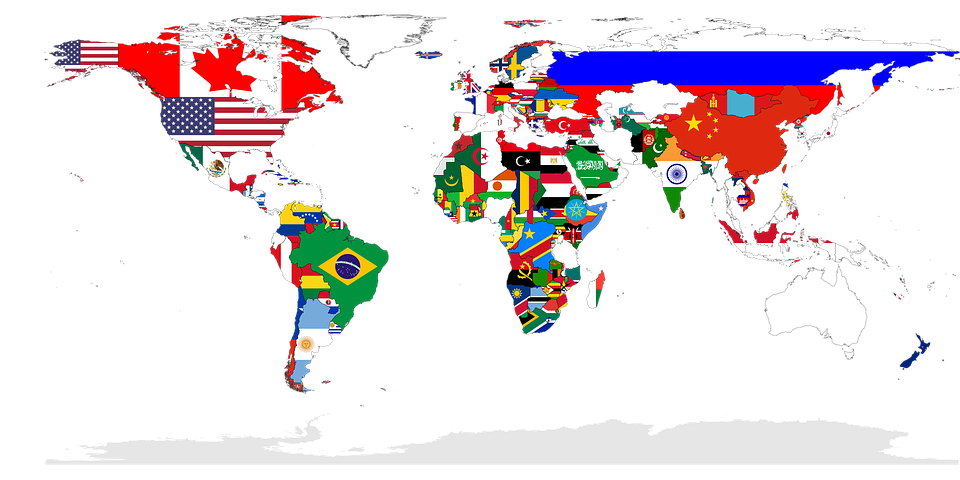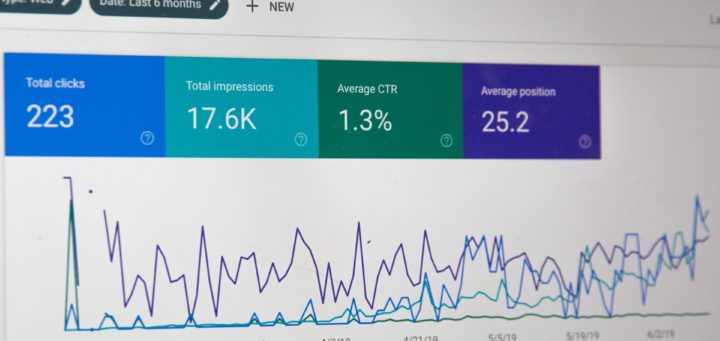Let’s run through some of these challenges so that you can plan the best approach to your multi-language SEO.

But first, let’s have a quick debrief on International SEO
In order to target a specific country, you may need to have multiple versions of your site, so it’s important to follow some basic steps for each one of those versions:
- Use a country-specific domain ie: samplesite.com (USA), samplesite.ca (Canada), samplesite.de (Germany)
- Register your country-specific business address on Google My Business, and include this address on your website
- Specify the location you are targeting in Google Search Console
- Develop links from other websites in the targeted country
- Use local languages on your website
- Use local hosting for your website
Following these basic steps for your country-specific website will send confirmation of your business location and your target audience to Google, and will help with your overall international SEO.
The Basics of Multi-Language SEO
Multi-language SEO requires content creation in multiple languages, and there are a few scenarios to keep in mind.
1. One Country with Multiple Languages
If you operate in a multi-lingual country, like Canada, you could have one country website that serves multiple languages. In this case, it would make sense to use a country code Top-Level Domain (ccTLD) which would help to geo-locate the site. It’s a more expensive option, but you’ll own the ccTLD version of your domain and is the best approach for SEO.
On top of the ccTLD, your site would then need to have (in the case of Canada) content in both English and French, in order to accommodate queries in either language. You’d also need to use hreflang attributes here to tell Google which language you are using on a specific page, so they can serve the correct results on the SERPs based on the language users are searching in.
Finally, it would be imperative to follow the International SEO points detailed above, such as hosting the site within the country you are targeting (in this case, Canada), including links from relevant and language-specific sites, and registering your local address with Google and displaying it on your website. Completing all of these points would ensure that the Search Engines understand your content is for both English and French-speaking users located in Canada.
2. Multiple Countries with Multiple Languages
This is probably one of the most complicated scenarios, because it’s so easy to create duplicate content errors across all versions. Working off the Canada example above, you may need to accommodate additional countries and languages as follows:
- samplesite.com/ – Default site in USA
- samplesite.ca/en/ – Canada, English language
- samplesite.ca/fr/ – Canada, French language
- samplesite.ca/de/en/ – Germany, English language
- samplesite.ca/de/de/ – Germany, German language
In a scenario like this, there are some important points to keep in mind in order to avoid technical site errors, which will negatively impact your SEO.
- Have a default location and language (like the first example above – samplesite.com/)
- Use country-specific subfolders (such as .ca/ or .de/)
- Underneath these, use language-specific subfolders (.ca/en/ or .de/de/)
- Use hreflang attribute tags with both location and language defined
3. No Set Country, but Multiple Languages
In this scenario, a business may want to target users based on their language, but not necessarily their location. For example, if a business is located in the USA but sells their software or products worldwide, they would not need to have a local website in each country, but rather just a website that can provide content in multiple languages. This will allow Search Engines to provide results based on language, and not on location.
In order for this to work, these tactics should be followed:
- Have a default location and language (like the first example above – samplesite.com/)
- On that single website, you will generate language specific content within subfolders (such as /en/ or /de/)
- Use hreflang attribute tags with only language defined
This scenario would be most familiar for SaaS-based or B2B businesses, as it allows them to easily target multiple languages across the globe, while not necessarily having physical business locations in the same countries.
Summary
International and multi-language SEO can be complicated, so it’s necessary that your technical SEO is properly and fully set up to avoid negative impacts. Accurate geo-targeting and language targeting will ensure that Search Engines can understand your site, and deliver relevant results when users are searching from other countries or within other languages.
If you’re thinking of expanding your business into other countries or languages, we can help point you in the right direction so that your website(s) contain proper targeting and SEO. Contact us for a free inbound marketing assessment to find out more.


